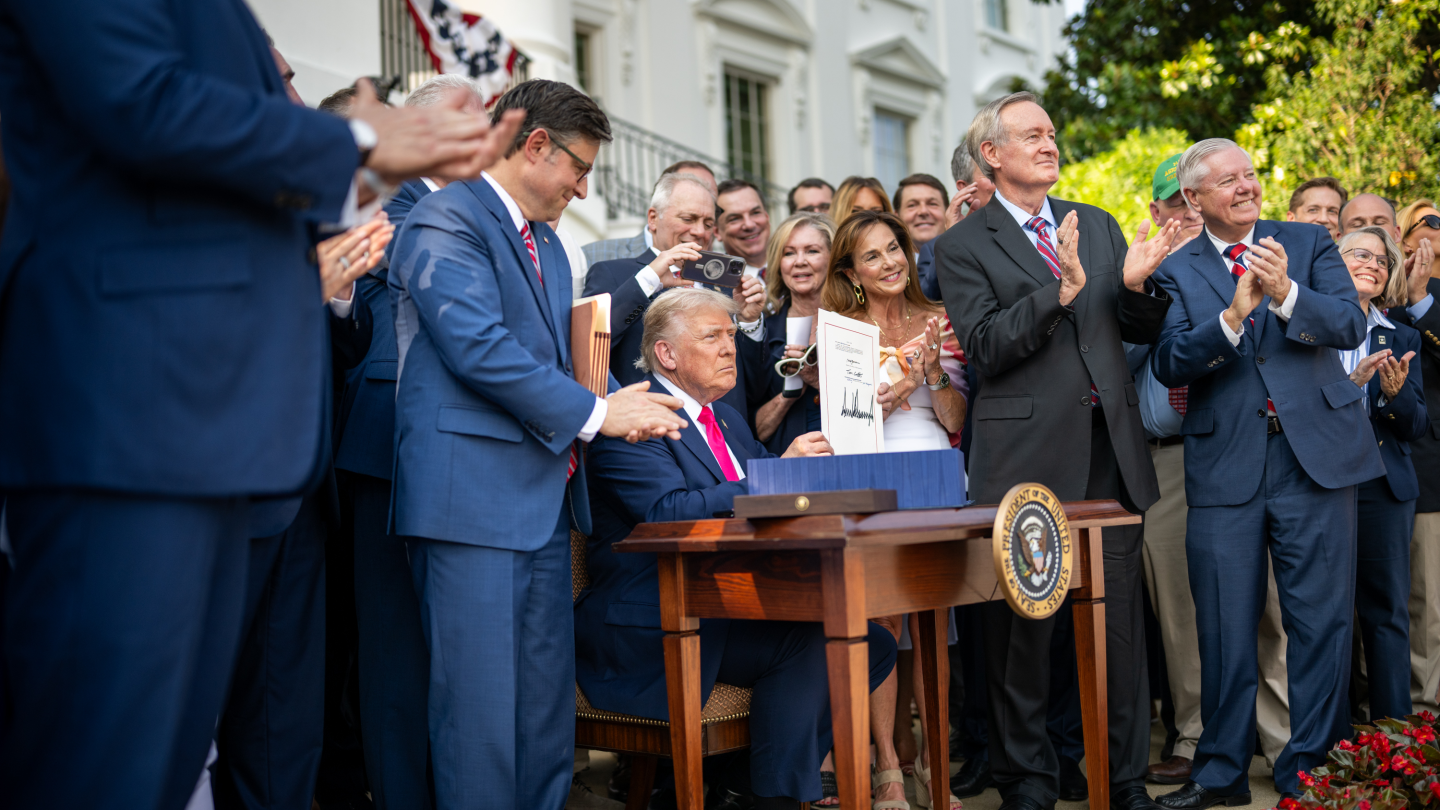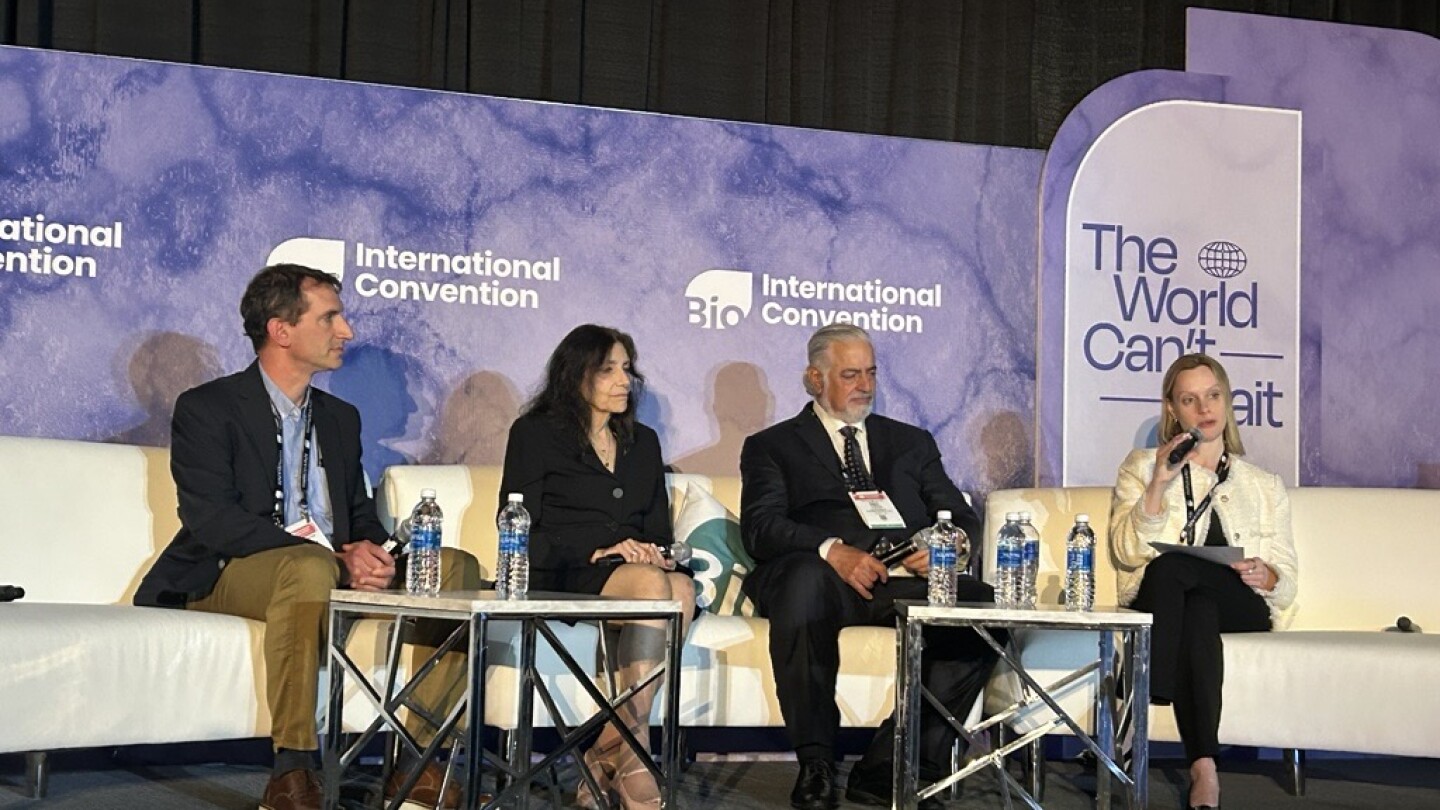Rare diseases
The FDA cited manufacturing issues but did not flag problems with Ultragenyx’s data package for UX111, with the biotech noting that the regulator found its neurodevelopmental findings for the gene therapy to be “robust.”
In its complete response letter, the FDA cited insufficient evidence establish deramiocel’s effectiveness for cardiomyopathy associated with Duchenne muscular dystrophy. The decision comes after CBER Director Vinay Prasad canceled an advisory committee meeting for the therapy.
In this episode presented by Eclipsebio, BioSpace’s head of insights Lori Ellis discusses mRNA and srRNA with Andy Geall of Replicate Bioscience and Alliance for mRNA Medicines, and Pad Chivukula of Arcturus Therapeutics.
Partners Ultragenyx and Mereo BioPharma saw their stocks drop by 21% and 30%, respectively, after announcing that the Phase II/III study of their osteogenesis imperfecta candidate will proceed to final analysis, implying it did not show sufficiently strong results at an interim analysis.
President Donald Trump’s One Big Beautiful Bill, signed into law last week, reintroduces broader exemptions for orphan drugs from the IRA’s drug price negotiation program—a move welcomed by the biopharma industry. The new tax law also cuts Medicaid funding, posing a minimal risk to pharma’s bottomlines and potentially jeopardizing hospitals’ 340B status. It does not, however, include new rules for pharmacy benefit managers that had been in an earlier draft.
After a season of regulatory upheaval, obesity and rare genetic diseases will likely remain major themes for biopharma in 2025, according to Jefferies.
The pivotal trial for Neurogene’s Rett syndrome gene therapy makes use of baseline controls and a rigorous endpoint that could help ensure a broader label for the drug product, if approved, according to analysts.
Changing how biopharmas package their products, how regulators review new drugs and how mutated genes are fixed could make ultrarare disease treatments possible.
Isaralgagene civaparvovec is a “potential best-in-class gene therapy for Fabry disease,” according to analysts at H.C. Wainwright. Sangamo plans to use pivotal Phase I/II data to build an accelerated approval case for the asset.
Speaking at BIO2025, rare disease leaders from Ultragenyx, Amylyx and Yale questioned the need for the new regulatory pathway proposed by FDA Commissioner Marty Makary. They acknowledged, however, that creative thinking is required to enable more treatments for patients with ultrarare diseases.
PRESS RELEASES










